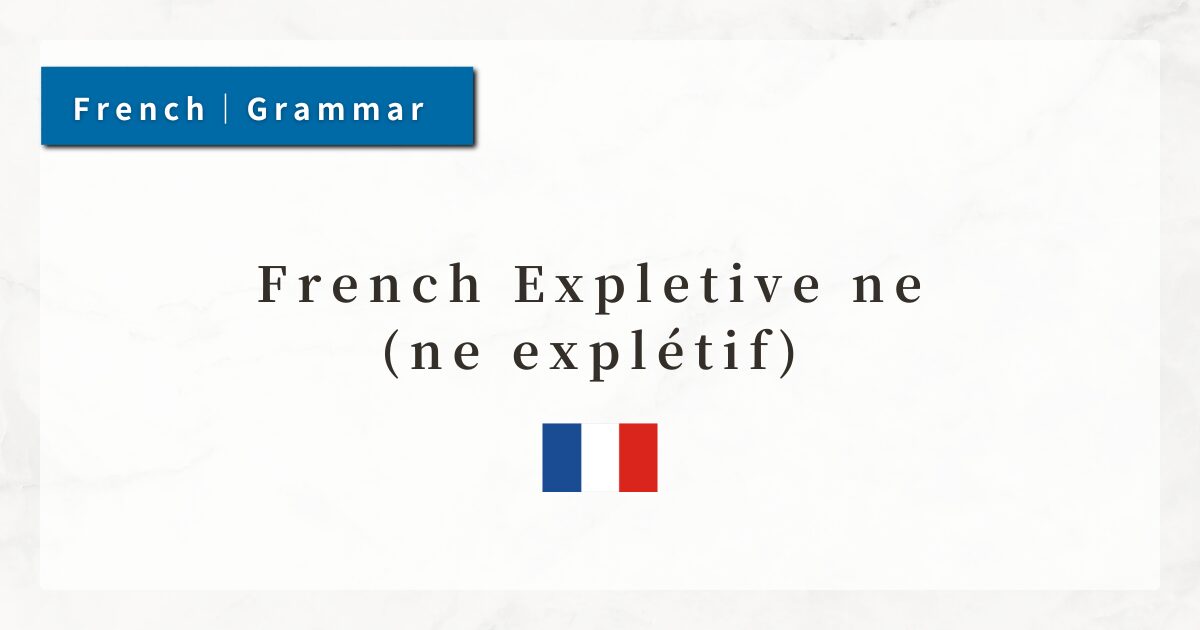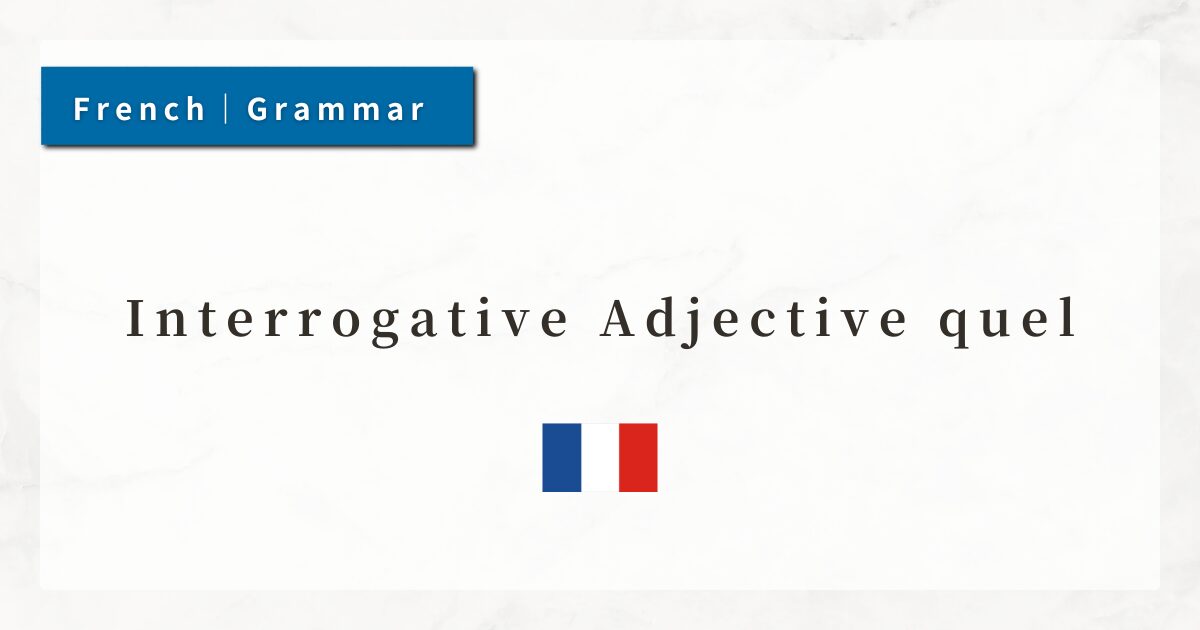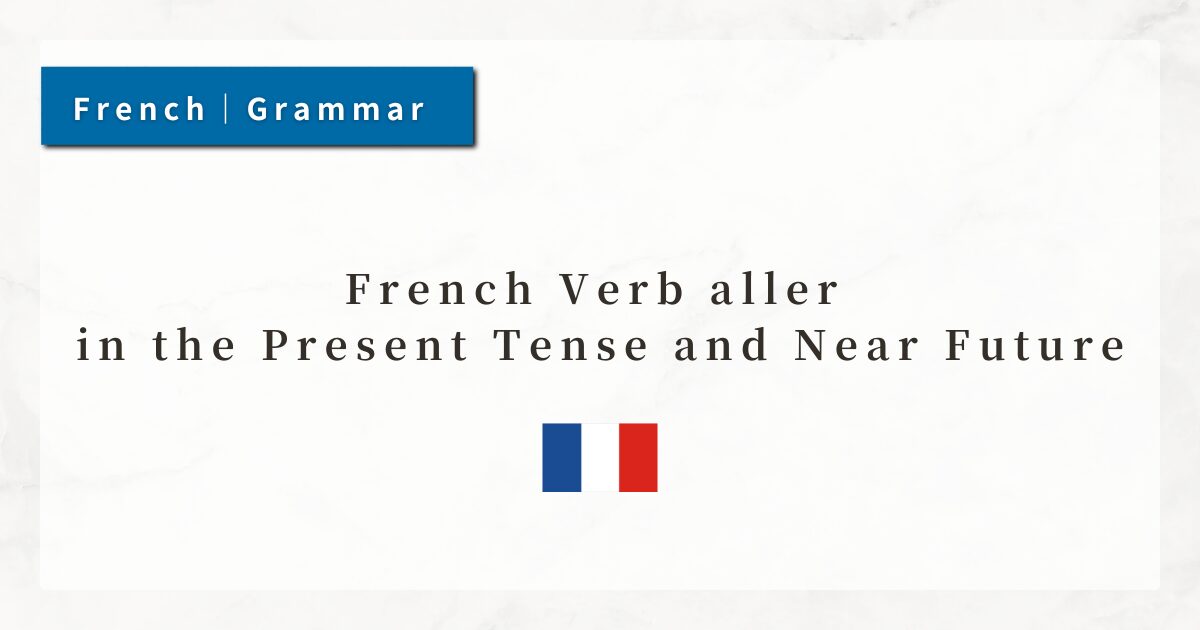#75 French Expletive ne (ne explétif) | Meaning, Usage, and Examples

In French, ne is usually used in the form ne … pas to express negation. However, in certain contexts, ne appears without conveying any negative meaning. This is called the pleonastic ne.
The pleonastic ne does not alter the meaning of the sentence; rather, it functions as a stylistic or formal element.
It often occurs in literature or formal written expressions, but it is rarely used in everyday conversation. Nevertheless, it is important to understand it for reading comprehension.
In this lesson, I will explain the usage of the pleonastic ne in French.
1. What Is the Pleonastic ne?
Learners of French may encounter sentences where ne is used, even though the sentence is not negative. This special use is called the pleonastic ne.
The pleonastic ne does not carry any negative meaning; it is inserted purely for stylistic or formal reasons.
- Il craint qu’elle ne soit en retard.
(He is afraid that she may be late.)
Here, ne does not indicate negation. The meaning remains that he is worried she might be late.
2. Contexts Where the Pleonastic ne Appears
The pleonastic ne frequently follows certain verbs or conjunctions.
2-1. After Verbs Expressing Fear or Concern
It is especially common after verbs such as craindre (to fear) and avoir peur (to be afraid).
- Je crains qu’il ne pleuve demain.
(I am afraid it may rain tomorrow.) - Elle a peur que son fils ne tombe malade.
(She is afraid her son may fall ill.)
In these cases, the concern is about the possibility of something happening, not a negation.
2-2. After Certain Conjunctions
The pleonastic ne also appears after specific conjunctions:
avant que (before)
- Pars avant qu’il ne soit trop tard.
(Leave before it gets too late.)
à moins que (unless)
- Je ne sortirai pas à moins qu’il ne fasse beau.
(I will not go out unless the weather is nice.)
de peur que / de crainte que (for fear that, lest)
- Ferme la porte de peur que le chat ne s’échappe.
(Close the door lest the cat escape.)
These uses are especially common in written French. In spoken language, the ne is often omitted without affecting comprehension.
2-3. In Comparative Constructions
In more literary style, the pleonastic ne is also found in comparisons.
- Il est plus intelligent qu’on ne croit.
(He is more intelligent than one thinks.) - Cette ville est plus grande que je ne l’imaginais.
(This city is larger than I had imagined.)
Here, ne does not negate but instead strengthens the comparative expression.
3. Summary
- The pleonastic ne is a ne without negative meaning.
- It appears after verbs of fear or concern (craindre que, avoir peur que).
- It occurs after certain conjunctions such as “avant que,” “à moins que,” “de peur que.”
- It is also used in literary comparative constructions (plus … que).
- It is rarely used in conversation and is often omitted.
- For reading comprehension, it is important not to misinterpret it as a negative marker.




